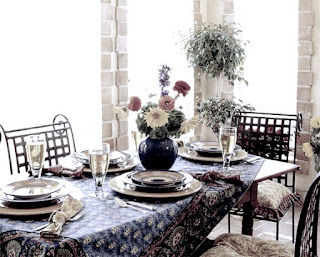Between slate and granite, the most popular of the two natural stones would be granite, especially when it comes down to countertops and flooring. Though they have a few things in common such as them being a natural stone and are found in the earth, they are very different from one another. One of the more popular questions are which is stronger than the other?
Slate and granite have one of the most obvious differences, which is how they look and colors. But besides the obvious visual difference you will find that the major differences between slate and granite are their porosity, softness, and durability.
When figuring out why granite is more popular than slate, it comes down to the fact that it much more appealing in appearance as well as much more durable.
With durability testing, you will find that granite is both extremely hard as well as dense. This makes it very resistant towards scratches from nearly any everyday use and traffic. It is also very resistant towards heat.
You will find that slate is pretty resistant towards heat as well, but it is much softer than granite. This opens slate up more to scratches, scuffs, and other things of the like. It is also a very brittle stone that can chip along the edges and corners.
With that being said, granite is much stronger and durable than slate. Though there are a few other things to consider between the two stones. Slate has its own beauty and advantages, but when you continue comparing it to granite, it seems that granite nearly always comes out on top.
Granite is made out of grains from numerous minerals such as quartz, mica, and feldspar. Due to this, it makes the color range rather large to choose from. Going from blues and reds all the way to subtle ones such as browns and blacks.
Slate is a metamorphic rock that has been formed when either shale or mudstone has been highly pressurized. This makes the color range very limited. You will find that traditionally, slate is available in gray or black, though it can be found in green, purple, or red too.
Though granite is a very hard and smooth stone, it can actually absorb both spills and stains. To prevent this, granite is usually treated with sealant during the manufacturing process that makes it more resistant towards stains. Slate is a non-porous stone and will not absorb stains like granite will. It also will not require to be sealed and resealed as time goes on.
One of the very last things that make the two stones differ is the cost. When choosing any natural stone compared to those that are man-made, the natural stone will cost more. On average, you will pay between $50 to $300 per square foot to install granite. This is entirely based on where the granite came from, the variety of the stone, and the area you plan to install it in. You will find that slate is rather less expensive between anywhere from $50 to $65 per square foot.
So overall, granite is a much stronger and more durable stone when you compare it to slate, though slate is much more resistant, naturally, against stains and spills unlike granite.
When in doubt contact a professional, contact us today to schedule your appointment to polish your natural stone flooring or if you have any questions.
http://ift.tt/1W5pTNn
Floor ReNew Houston
Natural Stone Restoration
4530 W. 34th Street Suite C
Houston, TX 77092
(713) 418-9983
http://ift.tt/1TJp3CD
http://ift.tt/1TJja8x
from Floor ReNew Houston http://ift.tt/2aLpVWJ
via
IFTTT



